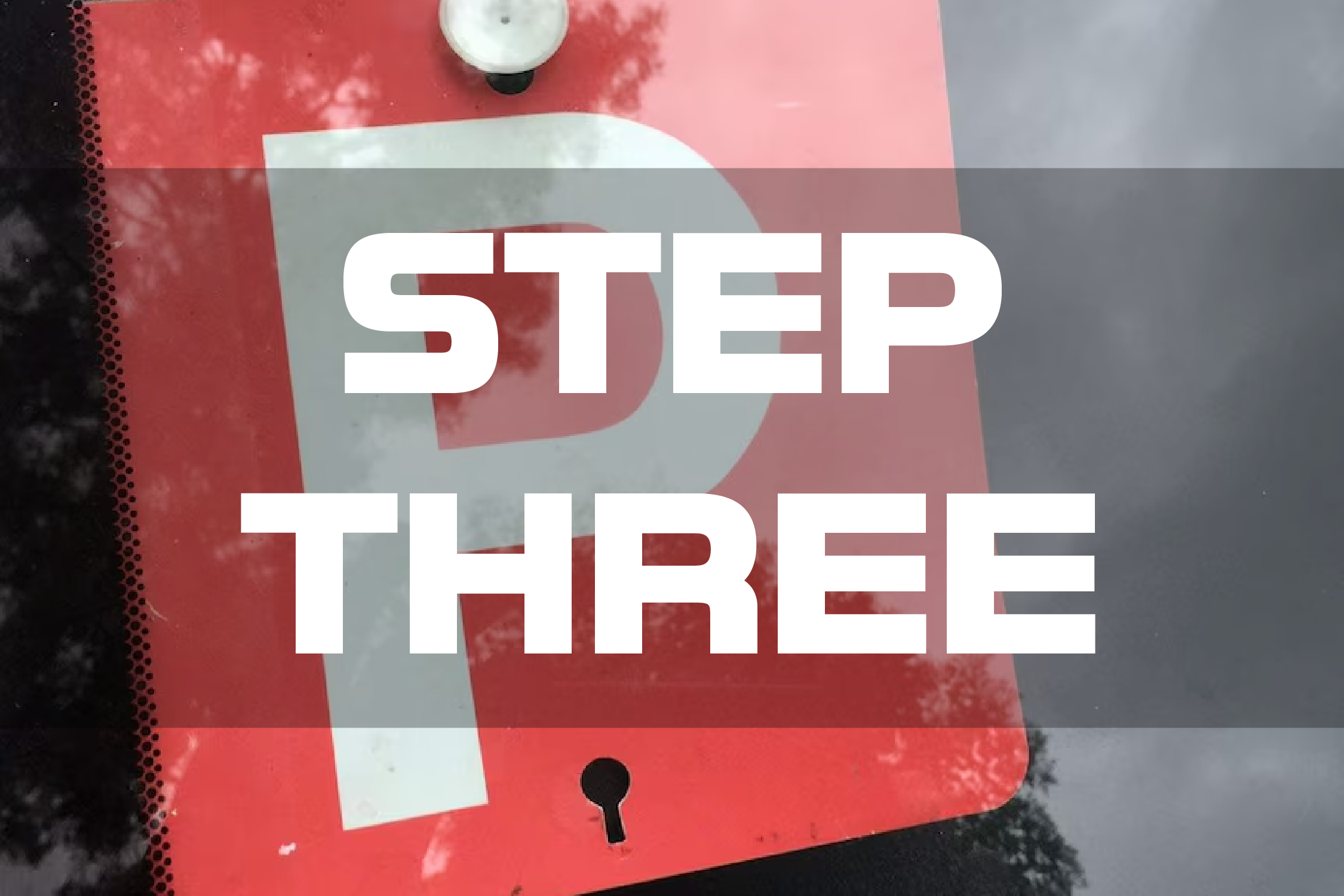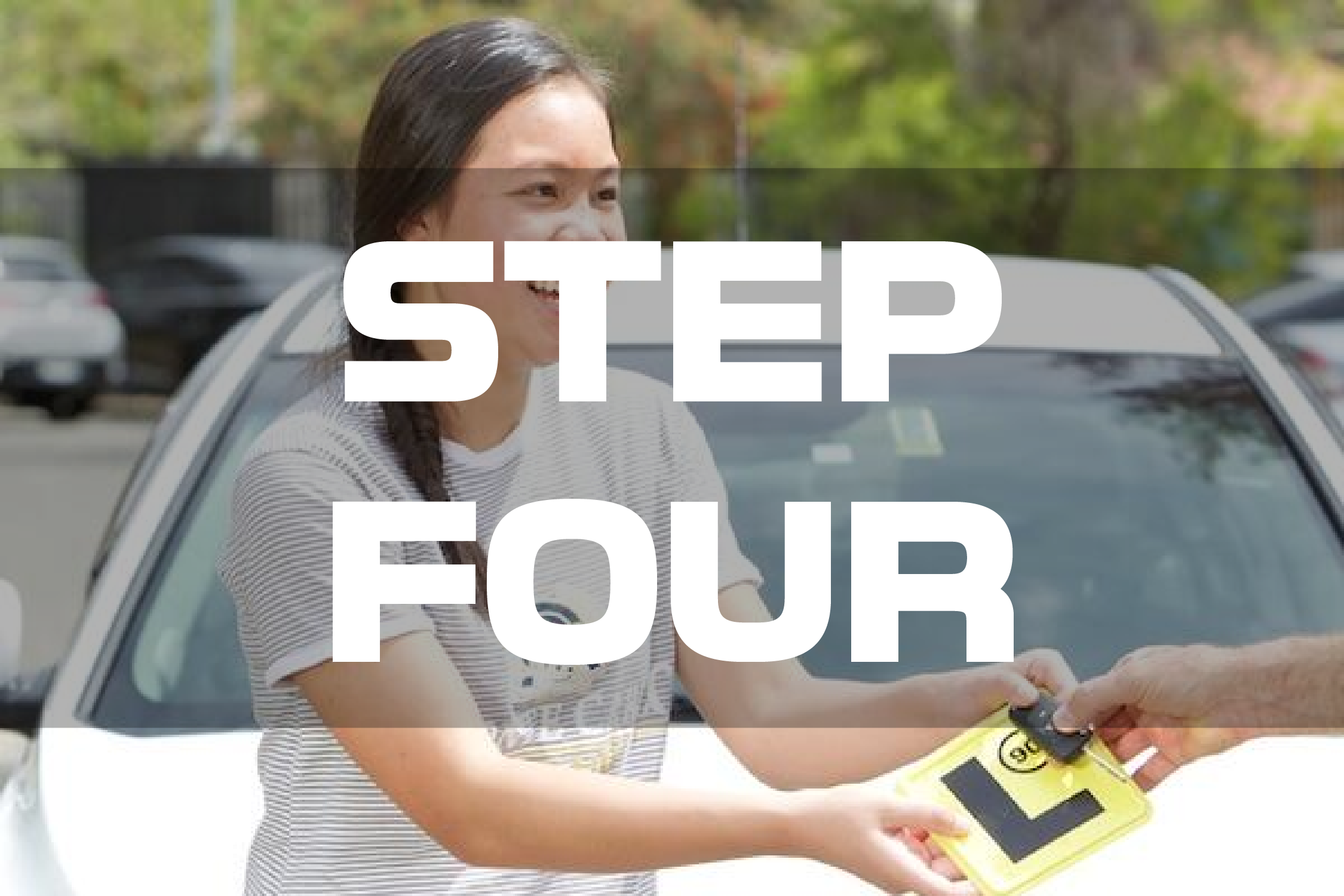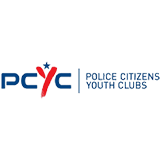Safer Steps to Solo Driving: An Essential Guide for Young Learner Drivers
Youthsafe’s latest online resource, ‘Safer Steps to Solo Driving’, is a comprehensive online opportunity to better prepare young learner drivers and their supervising drivers for the challenging and hazardous period they will face as red P plate solo drivers.
Want to know more about how we help young learner drivers?
Send us a message
Learn more about Youthsafe’s Safer Steps To Solo Driving online guide
Comprehensive Online Learning for Supervisors and Learners
In Australia, 17 to 25-year-olds make up 15% of licence holders but represent 25% of annual road fatalities.
With these figures in mind, the ‘Safer Steps to Solo Driving’ addresses this issue. Youthsafe recognises that proper education and guidance during the learner phase can significantly reduce the risk of accidents once Red P plates are obtained.

Our program addresses common challenges faced by novice drivers and encourages them to confidently and competently manage their driving behaviours as red P plate drivers.
‘Safer Steps to Solo Driving’ is a collaborative tool designed for adult supervising drivers and young learners. The program consists of four steps, each providing valuable insights and actionable tips to maximise the learner phase and ensure a safer transition to solo driving.
Step-by-Step Online Guidance

Step 1
Understanding the Graduated Licensing Scheme
Gain a better understanding of the Graduated Licensing Scheme, including its requirements and benefits for young drivers.

Step 2
Maximising the Learner Phase
Learn effective strategies to make the most of the learner phase, focusing on skill development and safe driving practices.

Step 3
Risk Mitigation for Red P Plate Drivers
Discover practical tips to reduce the risks associated with red P plate driving, ensuring young drivers are well-prepared.

Step 4
Establishing Mutual Agreements
Create mutual agreements between supervising drivers and young learners for the first 12 months before solo driving begins.
Learner Driver Resources
At Youthsafe, we offer a range of resources such as infographics, tips and handbooks for young drivers and their adult influencers to instil a culture of safe driving in youth.
What Our Community Says About Us
Our Partners





At Youthsafe, we believe in empowering young drivers and their supervisors with the knowledge and tools necessary for a safer driving experience. Safer Steps to Solo Driving is an online guide that offers a pathway to building confidence, reducing risks, and promoting responsible driving habits.
Reach out to us today about these essential tools and how young learner drivers can make the most of this critical learning period.
FAQs
Have more questions about how Youthsafe protects young drivers?
Find out if your questions are answered below.
Yes, P plate restrictions vary by state but commonly include limits on high-powered vehicles, passenger numbers, mobile phone usage (including hands-free), and blood alcohol concentration. Some states also have curfews or speed limit restrictions for P platers.
Common mistakes include failing to check blind spots, inappropriate speed for conditions, not maintaining safe following distances, and errors in parking or three-point turns. Nervousness can also lead to simple errors like forgetting to indicate or misreading road signs.


